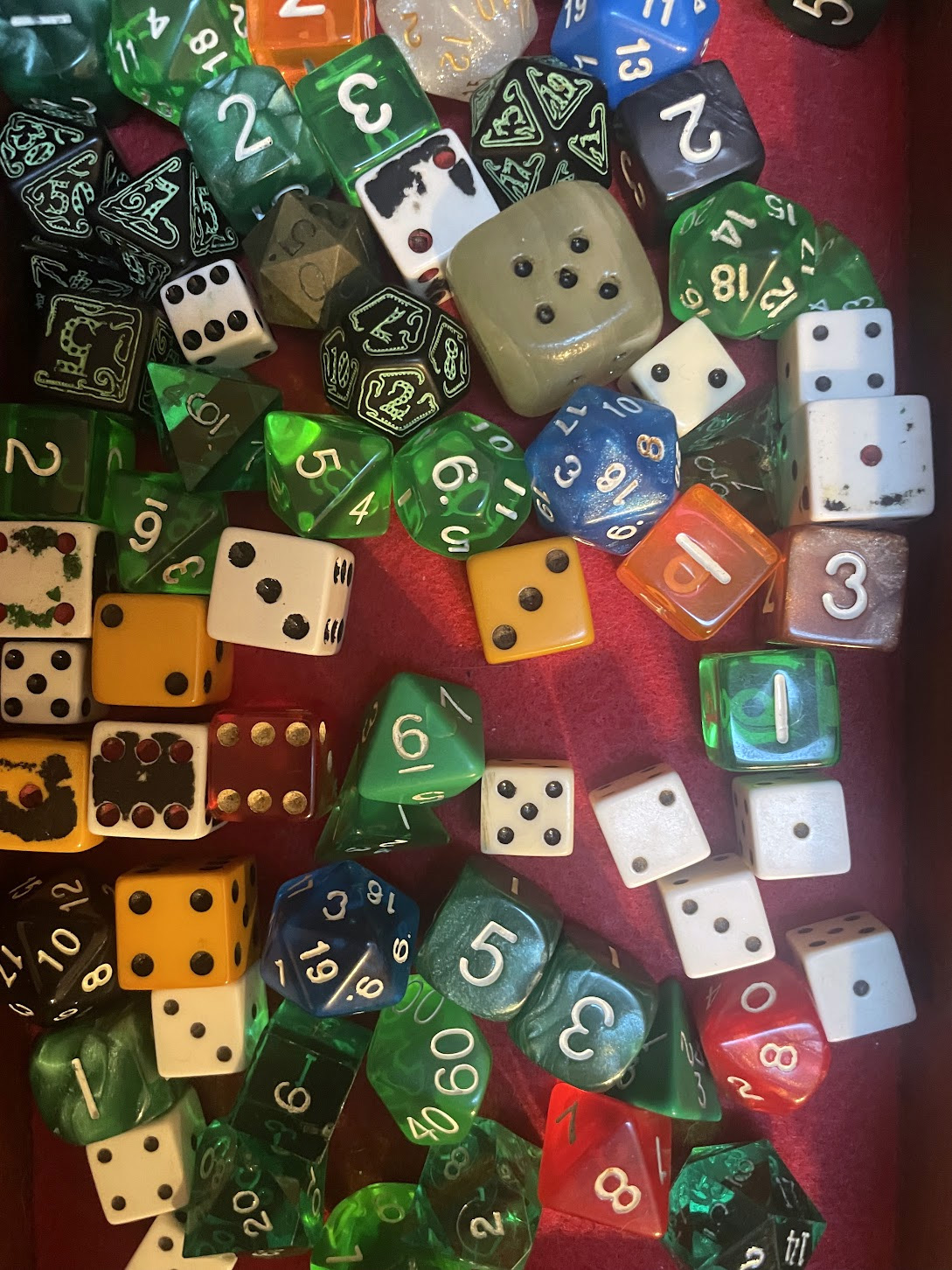
"Dice (unloaded) seem a paradigm of chance: when rolling a die, one cannot know the outcome in advance because it is random. For example, if you roll a twenty-sided die, then there is supposed to be an equal chance to get any number. If you roll it 20 times, it would not be surprising if you didn't roll every number. If you rolled the die 100 times, chance says you would probably roll each number 5 times."
"While dice provide a simple example, the world seems full of chance. For example, diseases are presented in terms of chance: a person has X% chance of catching the disease and, if it can be fatal, they have a Y% chance of dying. While the method of calculating chance in the context of disease is complicated, the rough process involves determining the number of people in a category who become infected and the number in that group who die."
"This estimate can be off for many reasons, but one obvious concern is that probability is being estimated based on the outcome. Why this is a problem is illustrated by considering a scenario in which you are given the results of repeated rolling of a die, and you are trying to figure out the type of die being rolled and whether it is weighted."
Random processes such as dice rolls illustrate basic probability and the law of large numbers: larger numbers of trials tend to produce frequencies close to theoretical probabilities. Real-world probability statements, such as disease infection and fatality rates, derive from counting events within defined groups and computing proportions. Estimates can be inaccurate for many reasons, including sampling variability and biased selection. Inferring an underlying mechanism from observed outcomes can mislead when the data generation process is unknown or manipulated. Apparent randomness in reported results does not guarantee that outcomes were produced by the assumed stochastic process.
Read at A Philosopher's Blog
Unable to calculate read time
Collection
[
|
...
]